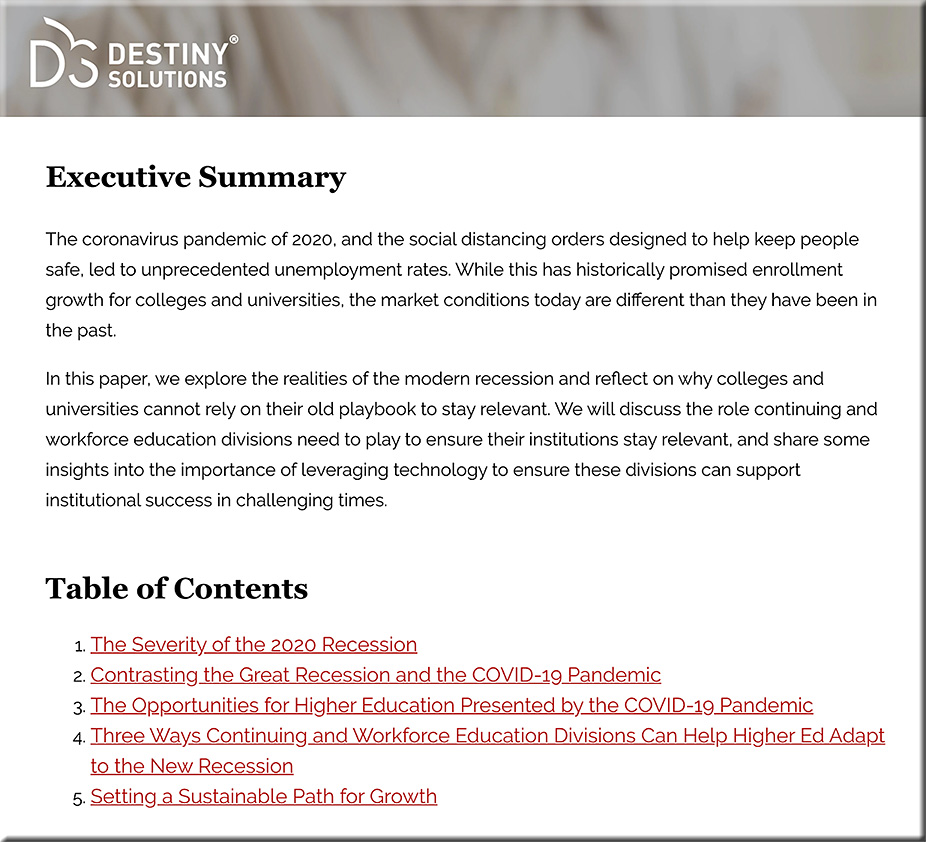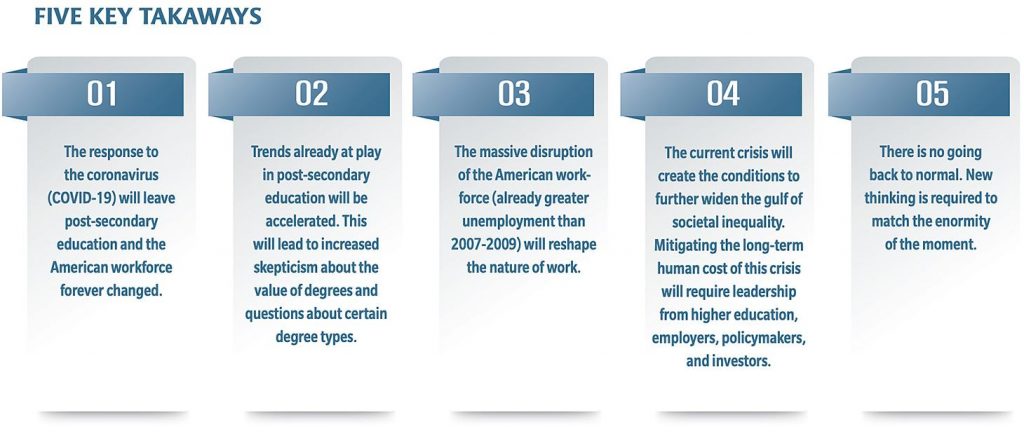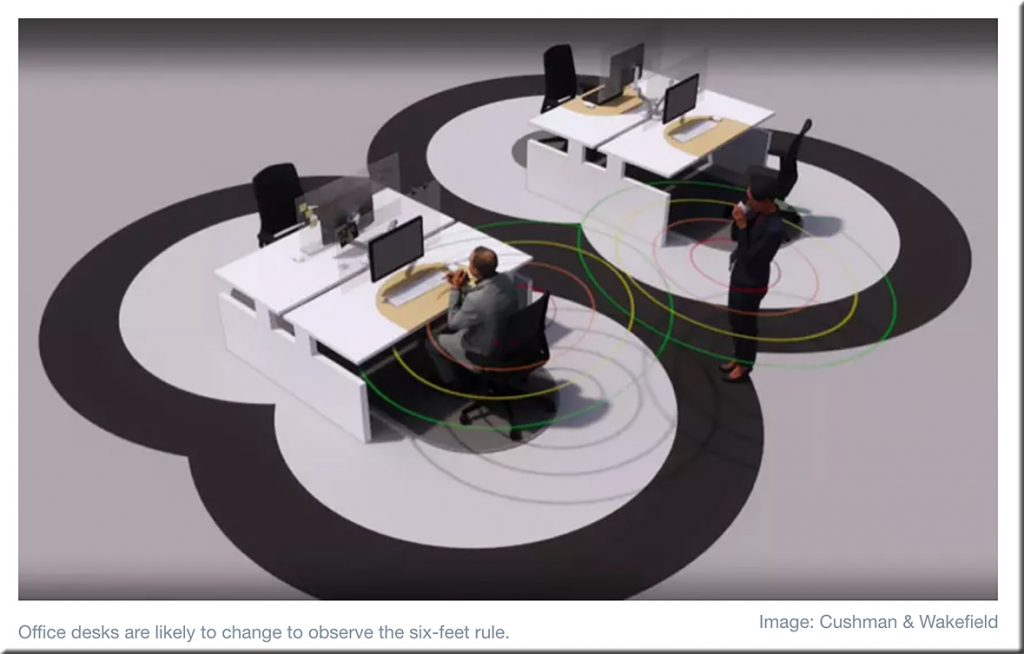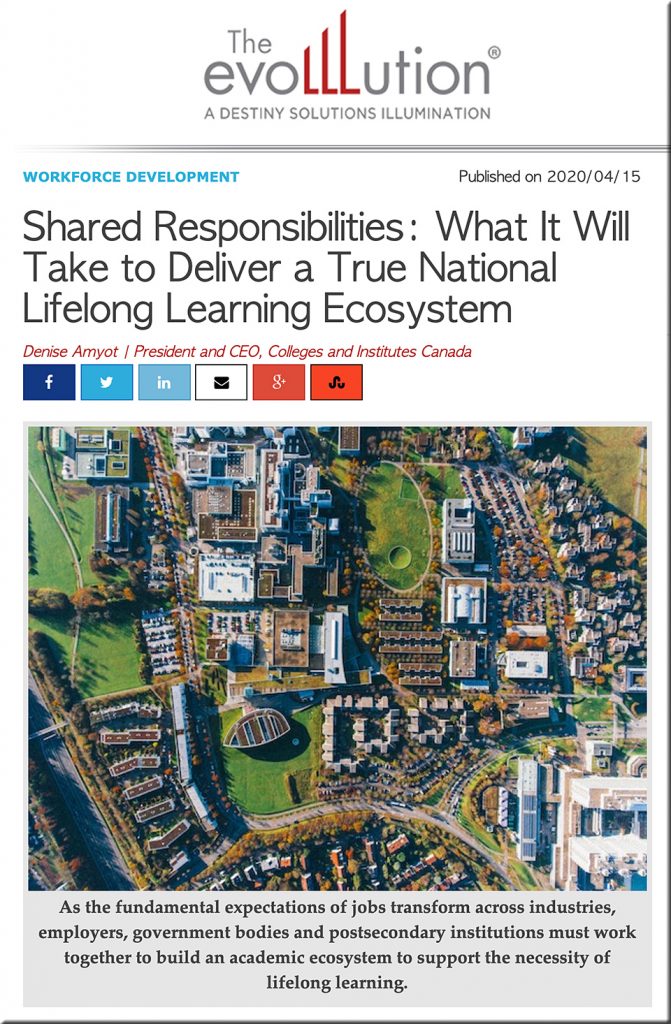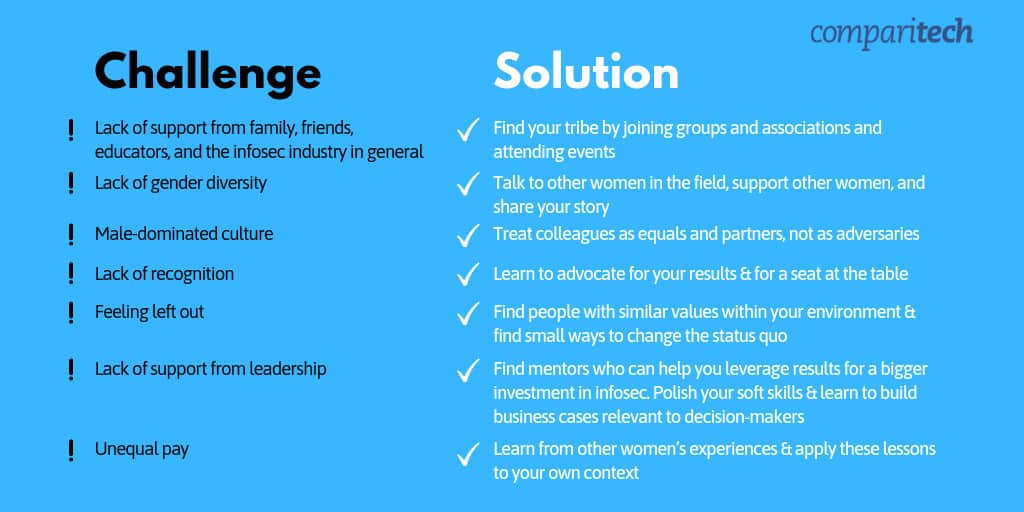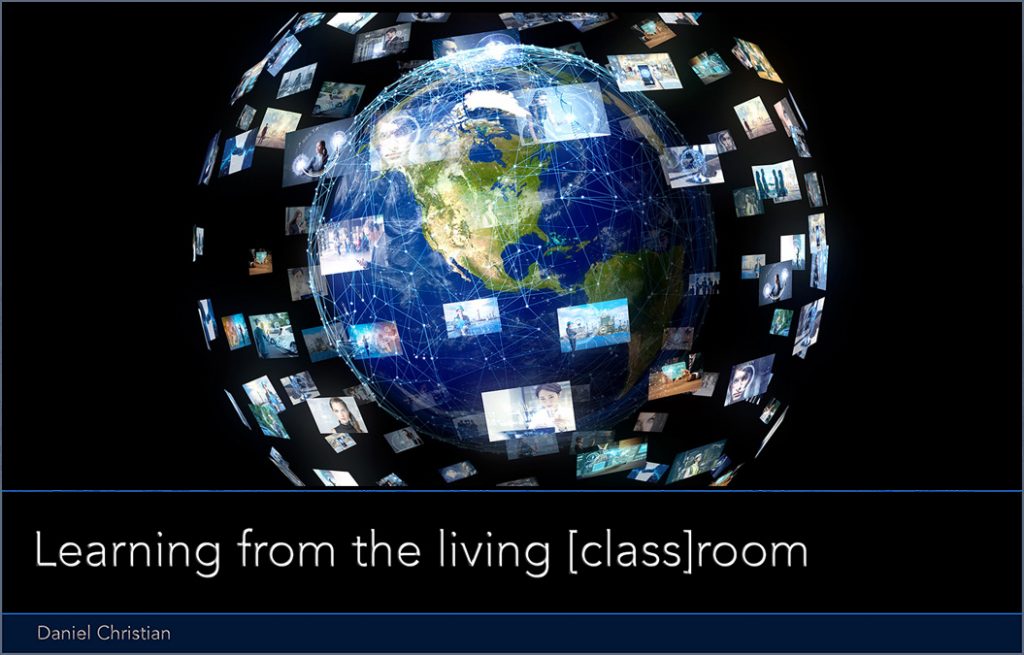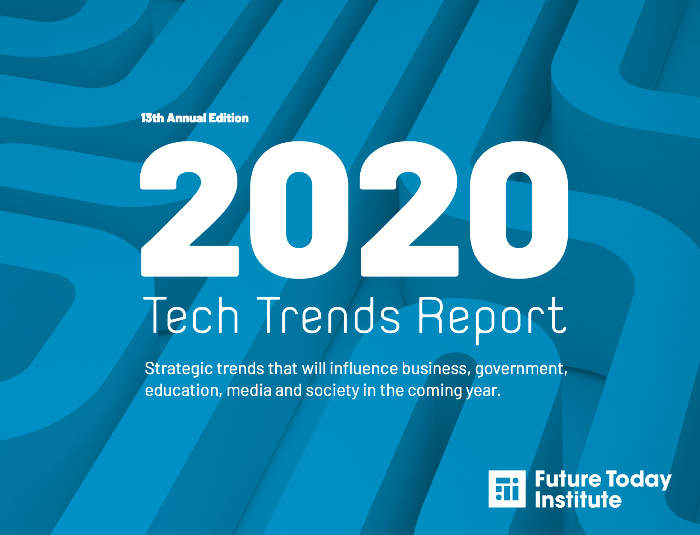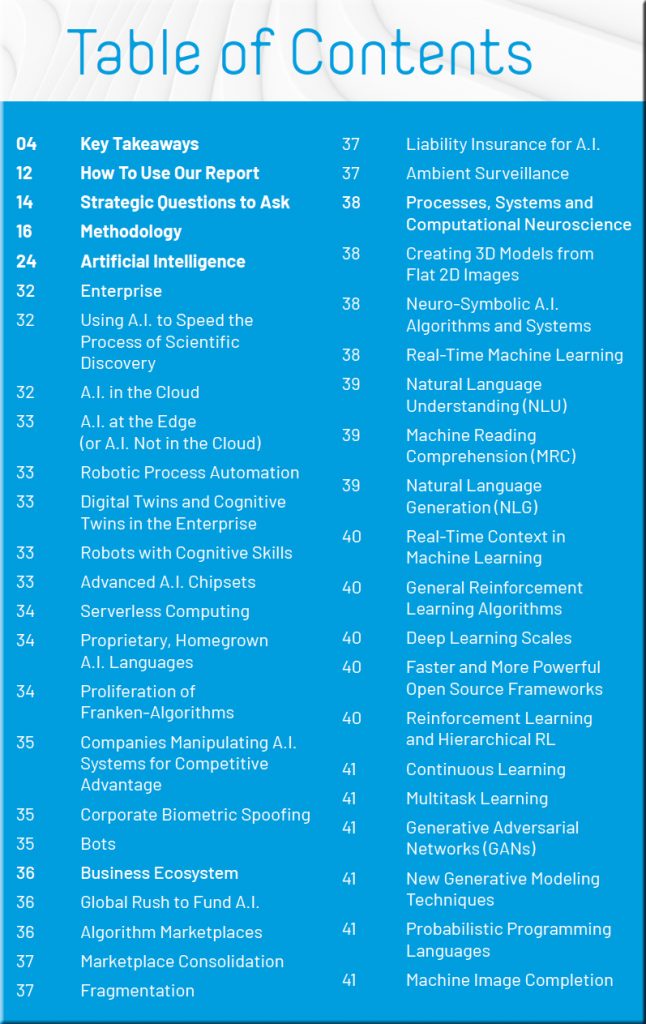30 Companies That Hire for Part-Time, Remote Work-From-Home Jobs — from flexjobs.com by Brie Weiler Reynolds; with thanks to Kathy Gardner for this resource
Excerpt:
People seek part-time work for all kinds of reasons. Some want the freedom and flexibility that part-time work allows. Other people need to balance outside responsibilities with work. And sometimes people want to work, but not all the time. Other people need to balance outside responsibilities with work. And sometimes people want to work, but not all the time.
During the pandemic, part-time work also provides a valuable lifeline for people who are furloughed or laid off from a job. A part-time job can help fill in employment gaps and provide much-needed income or even benefits during these uncertain times.
Recently, we analyzed part-time job postings from our database and identified the companies that posted the most part-time job openings with remote, work-from-home flexibility between March 1 and May 31, 2020.









